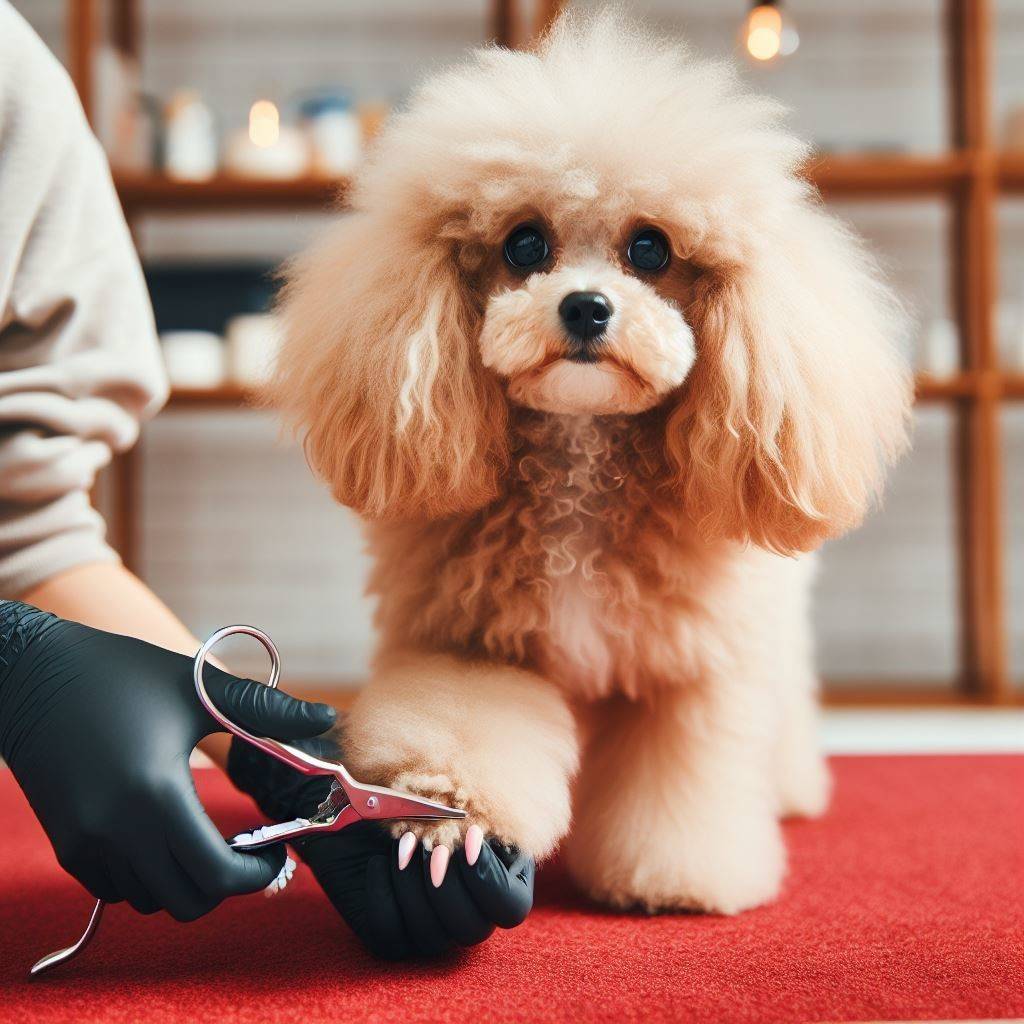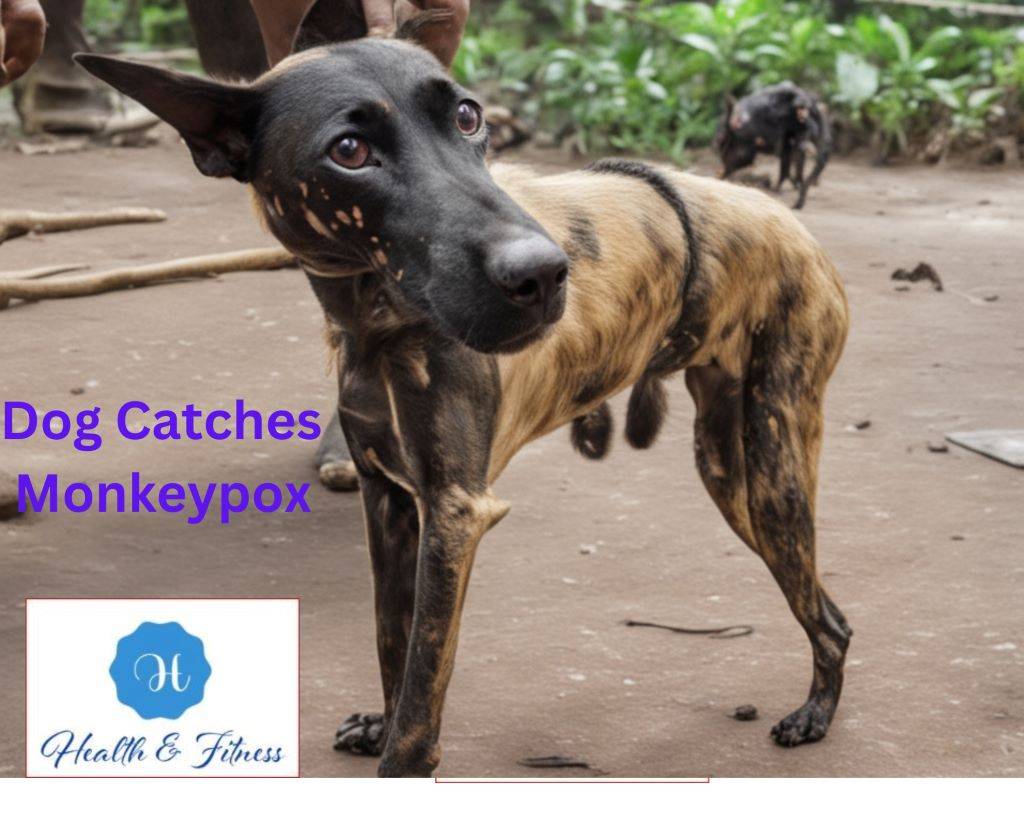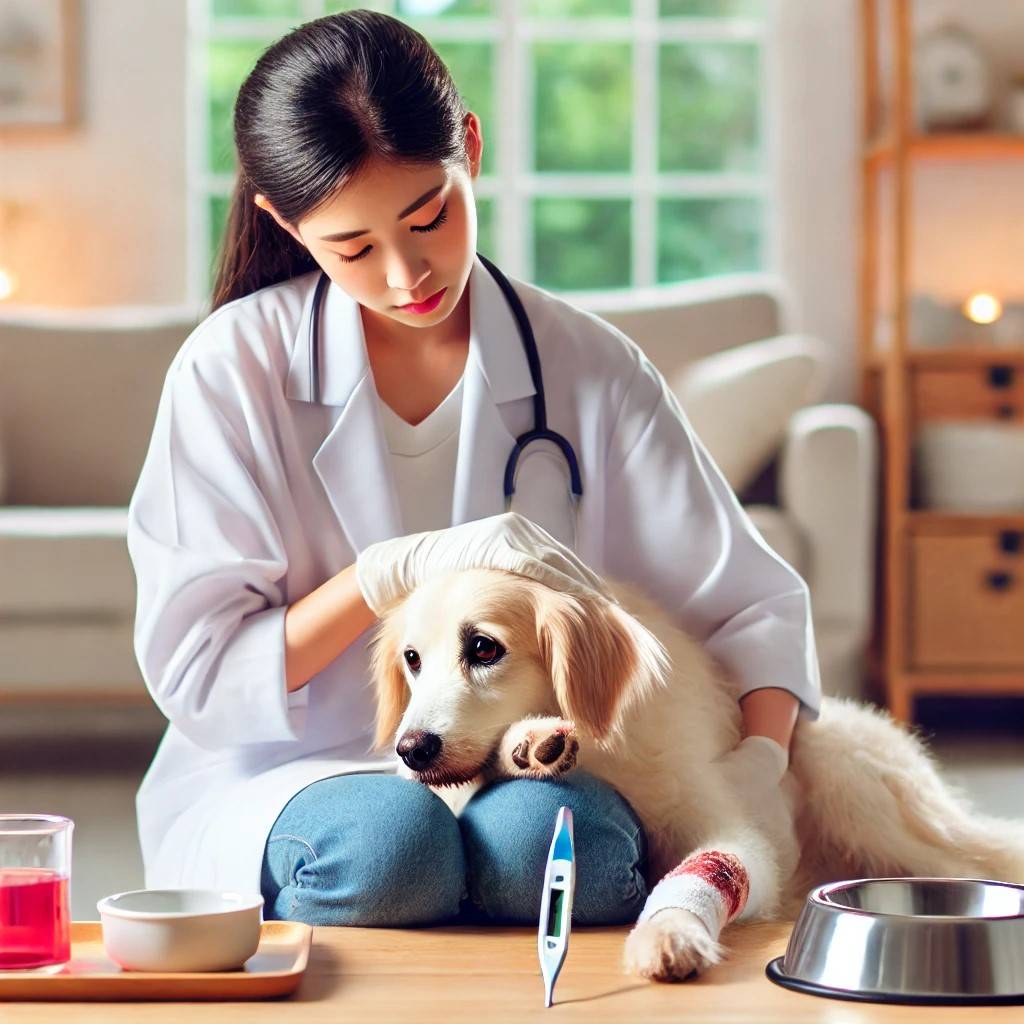Unhealthy Dog Nails: Preventing Problems with Proper Care
Unhealthy dog nails that are too long, cracked, or infected can cause significant pain and mobility issues. Prevent unhealthy dog nails through regular inspection, trimming, filing, proper nutrition, and exercise. This guide covers common nail problems in dogs, ways to promote nail health, when to seek veterinary care and tips for at-home maintenance.
Key Takeaways
- Trim nails regularly to prevent overgrowth, splitting, and unhealthy embedded dog nails. Use nail clippers suited for your dog’s size.
- File unhealthy dog nails smooth after clipping to prevent cracks and injury from sharp edges. Use an emery board or coarse nail file.
- Address signs of unhealthy dog nail injury, infection, or disease right away. Look for redness, swelling, foul odour, discharge, or nail loss.
- Promote healthy nail growth through a proper diet with amino acids and vitamins and regular activity on varied surfaces to avoid unhealthy dog nails.
- Seek veterinary assistance for limping, excessive licking/chewing at unhealthy dog nails, abnormal nail colour, or discharge not resolving with home care.
Healthy nail care is critical to maintaining your dog’s comfort and mobility. While grooming unhealthy dog nails at home, follow simple guidelines to avoid issues. Monitor your dog’s nails routinely and involve your veterinarian if harmful dog nail problems develop.
Recognizing Unhealthy Nails in Dogs
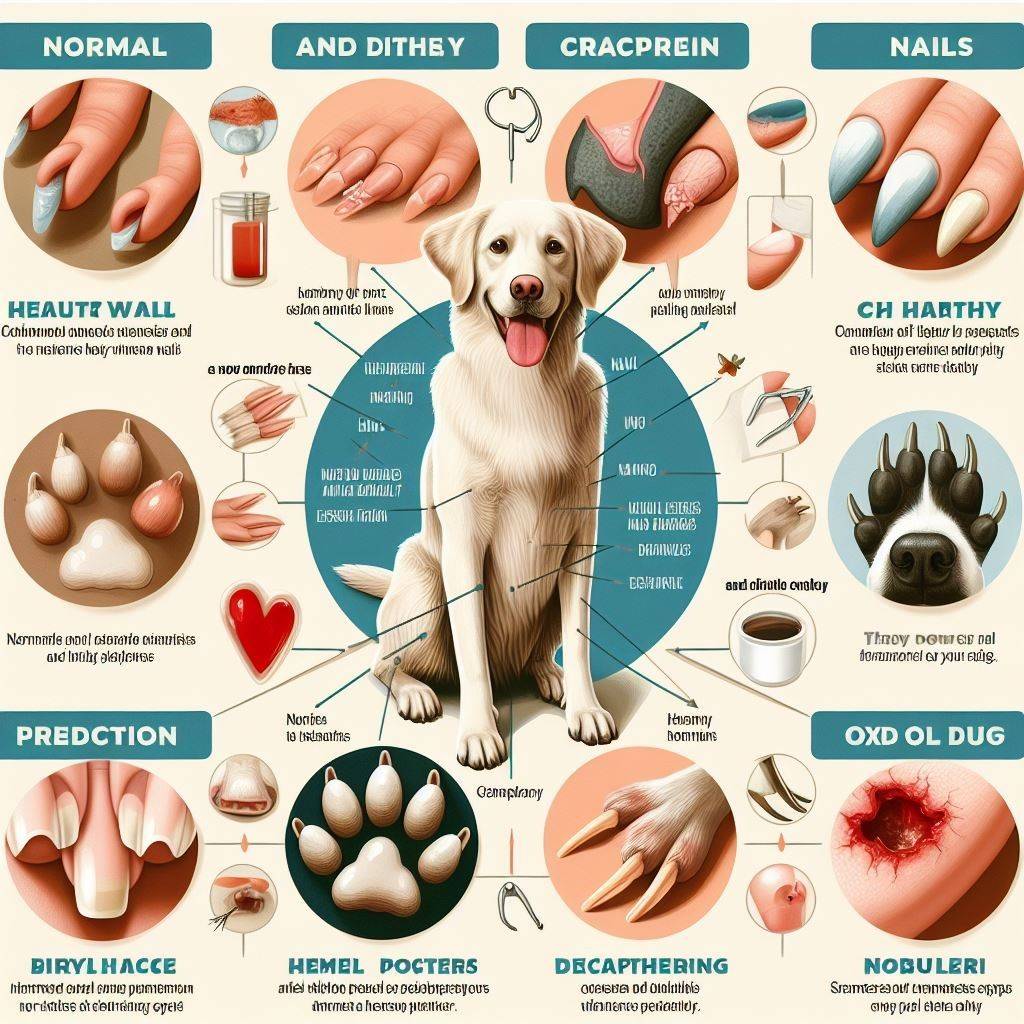
It’s essential to regularly inspect your dog’s nails to catch issues early before they worsen. Here are signs of unhealthy dog nails:
Overgrown Nails
Nails that grow too long can crack, tear or push sideways into the dog’s paw pads, causing irritation and infection. Overgrown nails also force dogs to walk abnormally, negatively affecting their joints. Trim curling nails that click loudly on floors or extend well past the paw.
Cracked and Brittle Nails
Dry, brittle nails prone to cracking and splitting are common, especially in older dogs. They splinter more easily when caught on surfaces, causing bleeding. Keep nails smooth with regular trimming and filing, which prevents cracks.
Discolored Nails
Nails turning black, purple, white or yellow indicate bruising, fungus or infection. One discoloured nail could signal localized injury, but multiple changed pins suggest more significant systemic issues.
Loose Nails
Nails loosen and fall out with trauma, like getting caught on something or with nail bed infections. Nail loss leaves sensitive tissue exposed to more damage. Careful monitoring and protection of the area are needed while the nail regrows over several months.
Pay attention to your dog’s nails daily, making note of any unhealthy characteristics like those described needing intervention. Catch problems early before complications arise.
Avoiding Unhealthy Dog Nails Through Proper Diet
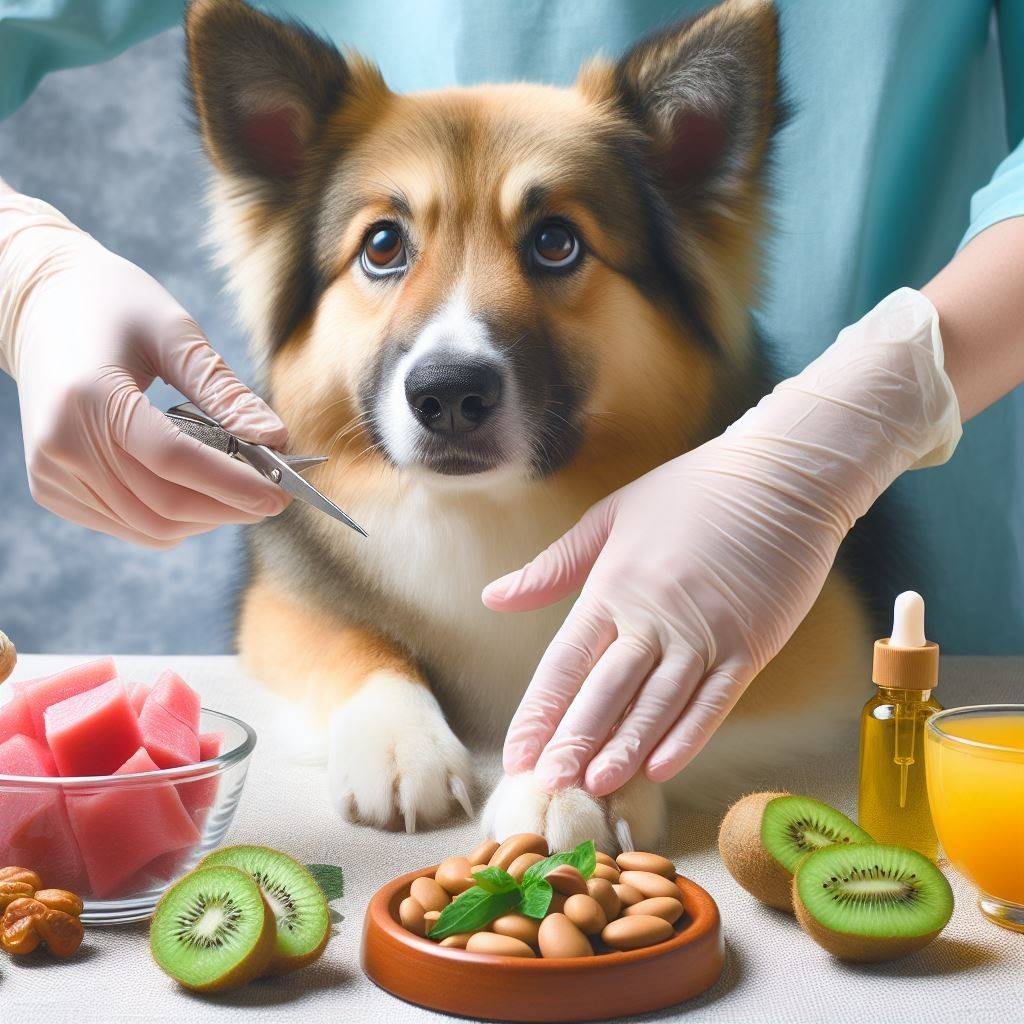
Like skin and coats, unhealthy dog nail health externally reflects overall wellness and nutrition status. Brittle, cracked, unhealthy dog nails reveal dietary deficiencies. Ensure your dog’s diet supports nail composition and growth to prevent unhealthy nails.
High-Quality Proteins
- Keratin derived from animal proteins makes up the fundamental structure of nails. Feed meats like poultry, beef, and fish to get amino acids for producing keratin proteins and strong collagen fibers.
Essential Fatty Acids
- Omega-3s and omega-6s support nail hydration and strength. These EFAs are found in fish, some plant oils and high-quality dog foods. Supplements can help, too.
Vitamins and Minerals
- Essential vitamins and minerals for nails include vitamin E, zinc, iron, copper, selenium, sulphur, biotin, and silica. Mix quality commercial dog food containing these nutrients with whole food sources when possible.
Balanced nutrition provides building blocks for healthy nails from the inside out. Work with your veterinarian to rule out disorders contributing to nail problems unrelated to diet. Identify any nutritional gaps to address supporting overall wellness.
Trimming Overgrown Unhealthy Dog Nails
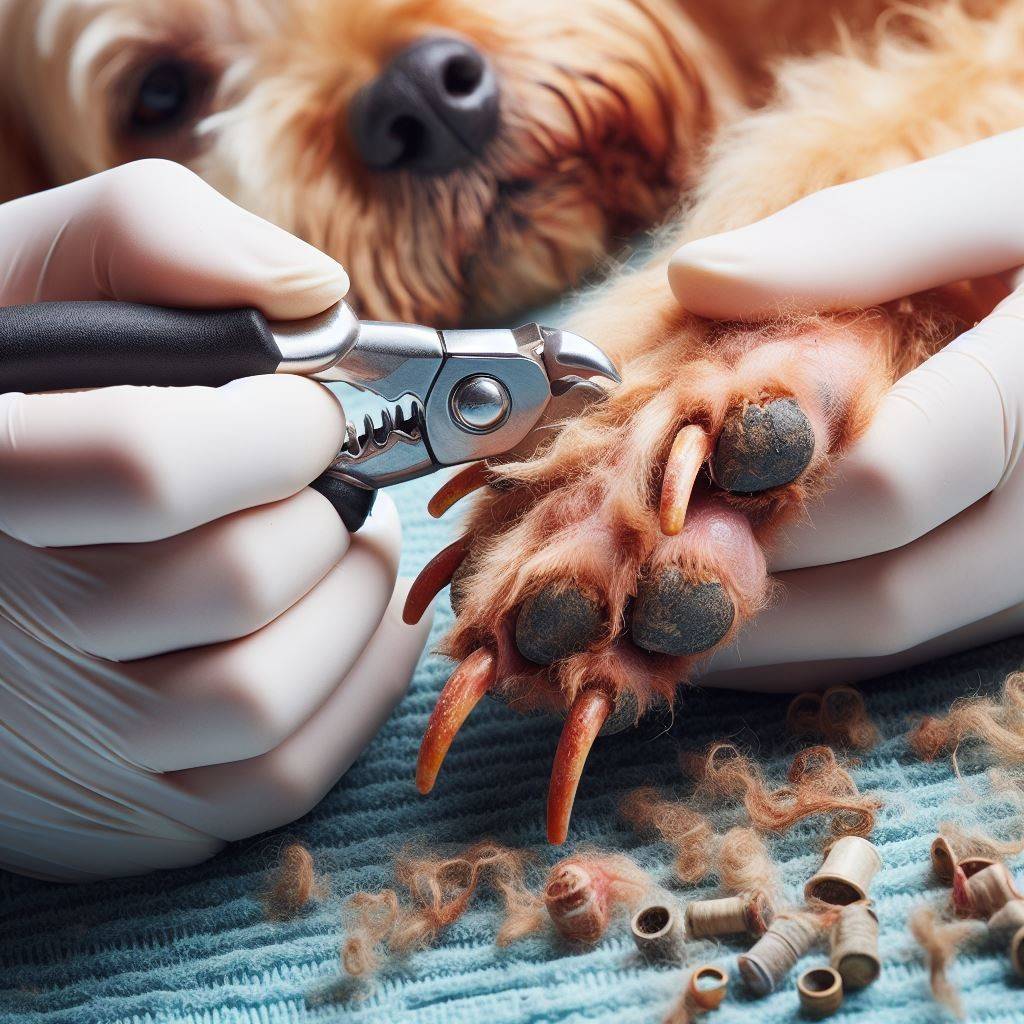
The primary home care need for maintaining unhealthy dog nails is regular trimming. Follow these steps for adequately clipping overgrown, unhealthy dog nails:
- Gather a rounded tip trimmer for your dog’s nail size, styptic powder, and treats. Have a helper gently hold your dog if needed.
- Extend one paw and inspect nails. Identify the pinkish inside each clear/white nail and avoid cutting into it. Only trim the tips of dark nails since the quick isn’t visible.
- Position the nail clipper to remove only a tiny amount of the curling nail tip. Cut below the hook, down-sloping away from the quick.
- Use a coarse nail file to gently smooth sharp edges so they don’t snag. Don’t file too low nearer the quick.
- Reward your dog with verbal praise and treats for cooperating. Repeat carefully trimming for each nail. Stop any bleeding immediately with styptic powder.
Aim to trim extending nails every 2-4 weeks based on growth rate. Take your time getting dogs comfortable having paws handled. Going slow with positive reinforcement means less stress for both parties. Enlist a groomer if home trimming proves overly tricky.
Preventing Cracked Unhealthy Dog Nails
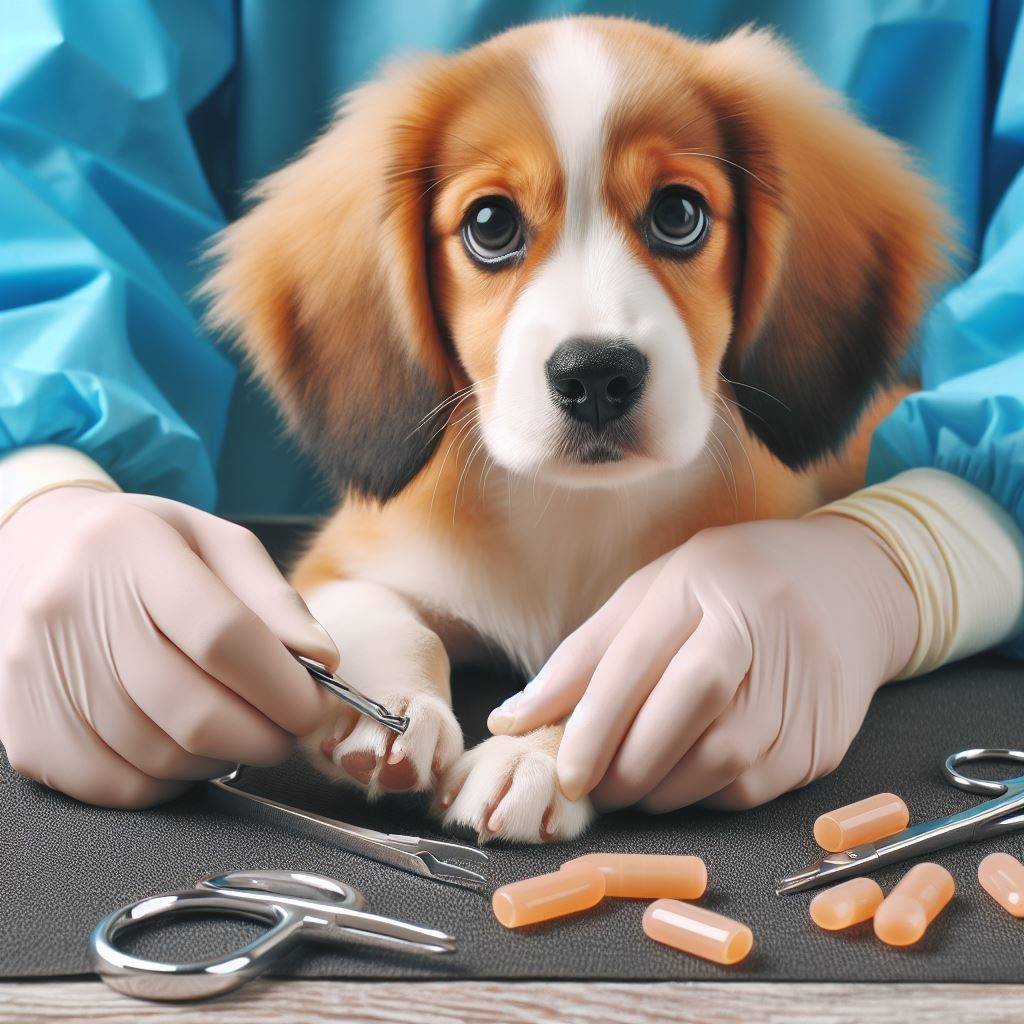
To promote unhealthy dog nail strength and to avoid cracking
- Trim nails regularly to combat brittleness from overgrowth. Long nails easily snag and break.
- Carefully file nails post-trimming to remove sharp edges that can snag on surfaces. Use a coarse emery board.
- Feed a nutritious diet providing keratin proteins, vitamins/minerals and essential fatty acids for resilient nails.
- Protect paws in freezing weather with dog boots, limiting exposure and causing extra dryness. Bundle dogs up on winter walks.
- Apply vitamin E oil to nails and cuticles to deeply moisturize, reduce brittleness and help heal existing cracks.
Addressing cracks early keeps them from worsening into troublesome fissures. See the vet for nail splits not resolving with home moisturizing and filing help.
Signs of Infection in Unhealthy Dog Nails
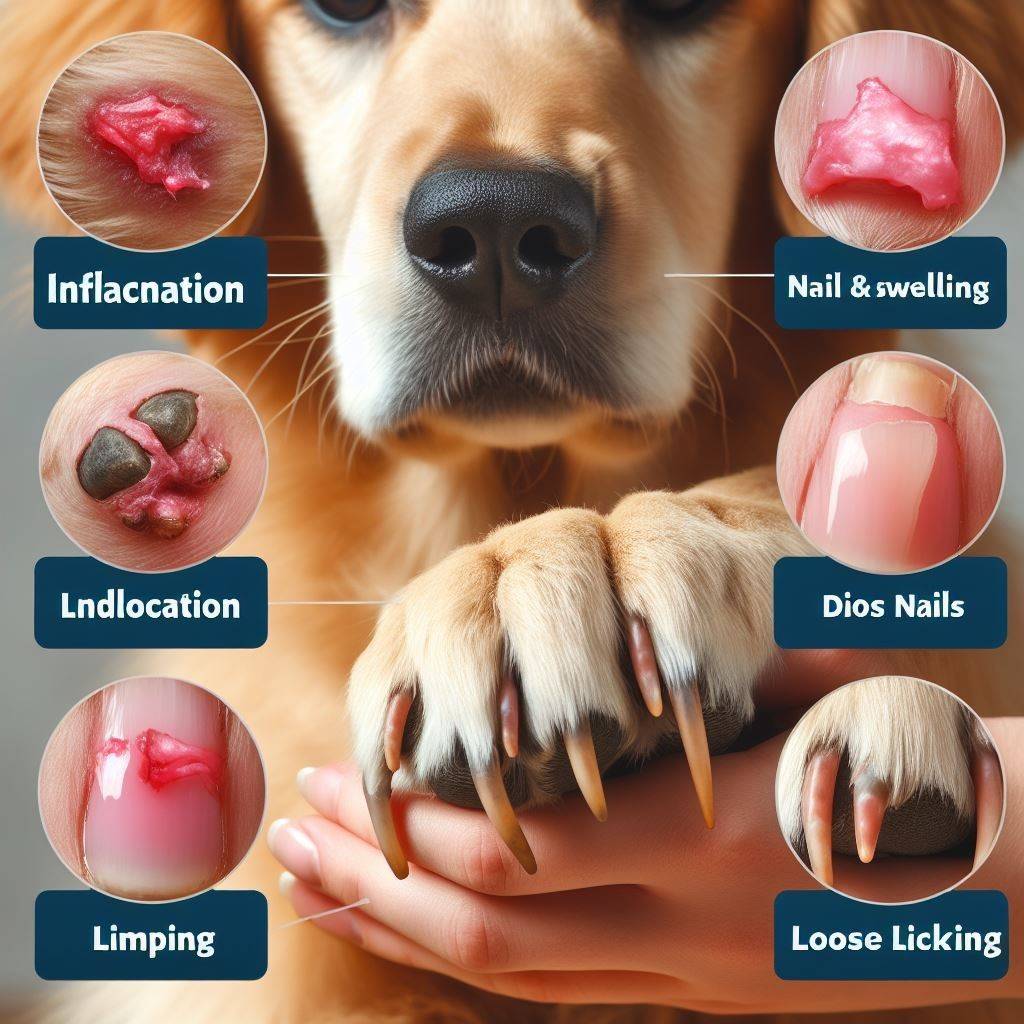
Nail infections manifest in various signs, often initially involving a single nail. Be vigilant for:
Inflammation & Swelling
- Puffy red or bleeding tissue around the cuticle indicates infection took hold. Pus-filled blisters may burst, leaving raw lesions.
Nail Discoloration
- Infected nails turn red, black, grey or chalky brown versus healthy pink tones. Dark streaking, dots, or sections appear.
Loose Nails
- With deeper infections, nails loosen in the bed and eventually fall out as pus forms underneath. New pins will take months to regrow fully.
Limping & Licking
- Dogs lick, bite, and excessively lick infected nails to soothe discomfort. They avoid bearing weight on the sore paw, causing limping.
Don’t delay with nail infections – bacteria spread aggressively into bones. Seek same-day veterinary care for rapid resolution. Topical and oral antibiotics targeting underlying pathogens will be prescribed.
When to Visit the Vet for Unhealthy Dog Nail Issues
Schedule a veterinary visit for limping, licking or chewing at nails or if you observe:
- Persistent lameness or signs of pain using a paw
- Extreme nail overgrowth unable to be managed at home
- One or more discoloured nails
- Swollen, red or bleeding nail fold
- Foul nail odour and discharge
- Loss of multiple nails without known trauma
Doctors will conduct a full nail assessment searching for visual abnormalities, plus a test for bone infections and nail bed disorders if warranted based on other symptoms. Underlying illness may be contributing to nail issues in some dogs.
Vets can provide prescription-strength medications for infections not resolving with home efforts. Severely damaged nails may need partial removal for comfort. Persistent problems may necessitate lab tests, x-rays, cultures, and biopsies to diagnose complex diseases impacting claw and paw health.
Stay attentive to your dog’s nail condition, bringing concerns promptly to your veterinarian when caught early. Together, you can troubleshoot problems for relief, keeping your dog happy and active. Consistent home maintenance combined with medical care as needed facilitates healthy paws in the long term.
Conclusion: Maintain Healthy Paws with Proper Nail Care
Ensuring your dog’s nails stay trimmed, filed, and free of infection takes effort but pays off in their comfort. Get accustomed to regularly handling paws, clipping overgrown portions, and smoothing edges. Supply nutritional support for solid nails minus cracking. Notice early signs of issues like inflammation or lameness and promptly address them. With vigilant monitoring and care at home combined with veterinary assistance managing emerging trouble spots, you can help your dog put their best paw forward on happy, pain-free walks for years to come. Don’t let preventable, unhealthy nails slow your adventurous buddy down. Show nails some love and keep those paws healthy!
FAQs about Unhealthy Dog Nails
Here are the common frequently asked questions about Unhealthy Dog Nails and the best answers for them.
What do lousy dog nails look like?
Unhealthy dog nails may be overgrown, discoloured, brittle, cracked, loose, or infected. Green nails curve, click loudly on floors and extend past the paw pad. Discoloured nails appear dark grey, black, brown or yellow instead of a natural light pink tone. They may have streaks or dots, too. Brittle, cracked nails have dry, rough textures, and split. Infected nails show redness and swelling around the nail bed, may produce foul discharge and the pin itself could loosen and fall out. Pay attention to the appearance of your dog’s nails, so you recognize unhealthy changes.
How can I make my dog’s nails healthy?
Regularly trim overgrown portions to keep nails short and prevent cracking in the long tips. Carefully fill and buff nails after clipping to smooth, sharp edges that could catch on stuff. Ensure your dog’s diet supplies nutrients like amino acids, vitamins A, C & E, fatty acids, zinc, and selenium to support strong keratin production. Protect paws in extreme weather. Massage vitamin E oil on nails and cuticles to condition moisture, too. Catching problems early and providing nourishment inside and out keeps nails healthy.
How do you treat nail disease in dogs?
Signs like inflammation, swelling, oozing discharge and loose nails with lameness require a veterinary exam for treatment. Doctors diagnose the type of infection or disease and provide appropriate medication – often prescription antimicrobials or antifungals. Severely damaged nails may need partial removal, so keep the area clean to prevent secondary problems. The underlying illness might be addressed, too, if it contributes to the disease. Strictly follow your vet’s home and medication instructions, including finishing the entire course of any prescribed oral or topical medications to resolve the nail disease fully.
What does an infected dog nail look like?
The infected nail often looks discoloured – grey, black, reddish brown – but the skin around the nail fold is the most significant indicator. This cuticle area will be puffy and red with infection and may leak pus, and the dog will likely lick or chew at their hurting paw. One infected nail is common, but multiple indicates something systemic. The infection causes considerable discomfort, making dogs limp and avoid using that paw, so those mobility changes suggest evaluating their nails.
What are the 6 signs of a nail infection?
- Swelling and redness around the nail
- Pus-filled blister/bleeding at cuticle
- Foul nail odour
- Discoloured nail bed
- Lameness from paw sensitivity
- Excessive licking and biting at the nail
Catching and treating infections early is crucial before problems spread. Don’t delay seeking veterinary help with these symptoms for diagnosis and medication to clear the infection.
Can a nail infection heal itself?
Typically, without medical intervention, most bacterial or fungal nail infections worsen over time. The risk is aggressively spread into deeper tissues, the nail matrix, and paw bones. Oral antibiotics and topical creams applied for the entire course are imperative to fully eliminate infection and keep the area clean/dry during healing. Get professional guidance, ensuring proper care because these painful infections rarely self-resolve left alone.
What is a home remedy for an infected nail on a dog?
- Gently cleanse infected nails 2-3x daily, removing debris/discharge using antimicrobial soap, saline solution, or diluted betaine. Rinse residue away and pat dry.
- Apply veterinarian-recommended topical antibiotic ointment and wrap in gauze/bandage protecting the tender area.
- Restrict activity to avoid further contamination until seeing the vet
- Give an OTC anti-inflammatory like baby aspirin to ease swelling and discomfort per dosage guidelines
- Elevate the sore paw when the dog is resting
These measures support healing, but badly infected nails need prescriptions, not just home care. Still, visit the vet promptly don’t delay!
How can I treat my dog’s nail infection at home?
You’ll need veterinary-prescribed oral antibiotics, medicated ointments, and diligent at-home care. Strictly follow all medical instructions. Clip hair around the infected nail for topical access. Gently cleanse the area 2-3 times daily, removing discharge buildup, rinse and pat dry. Apply any prescribed creams/liquids before carefully wrapping the nail in a sterile bandage to protect it. Give all medications on schedule for the entire duration – stopping early can enable infection recurrence. Limit activity to prevent recontamination. Monitor for complications; contact the vet if it does not improve. Healing these painful infections fully requires a close partnership between pet owners and veterinarians.

